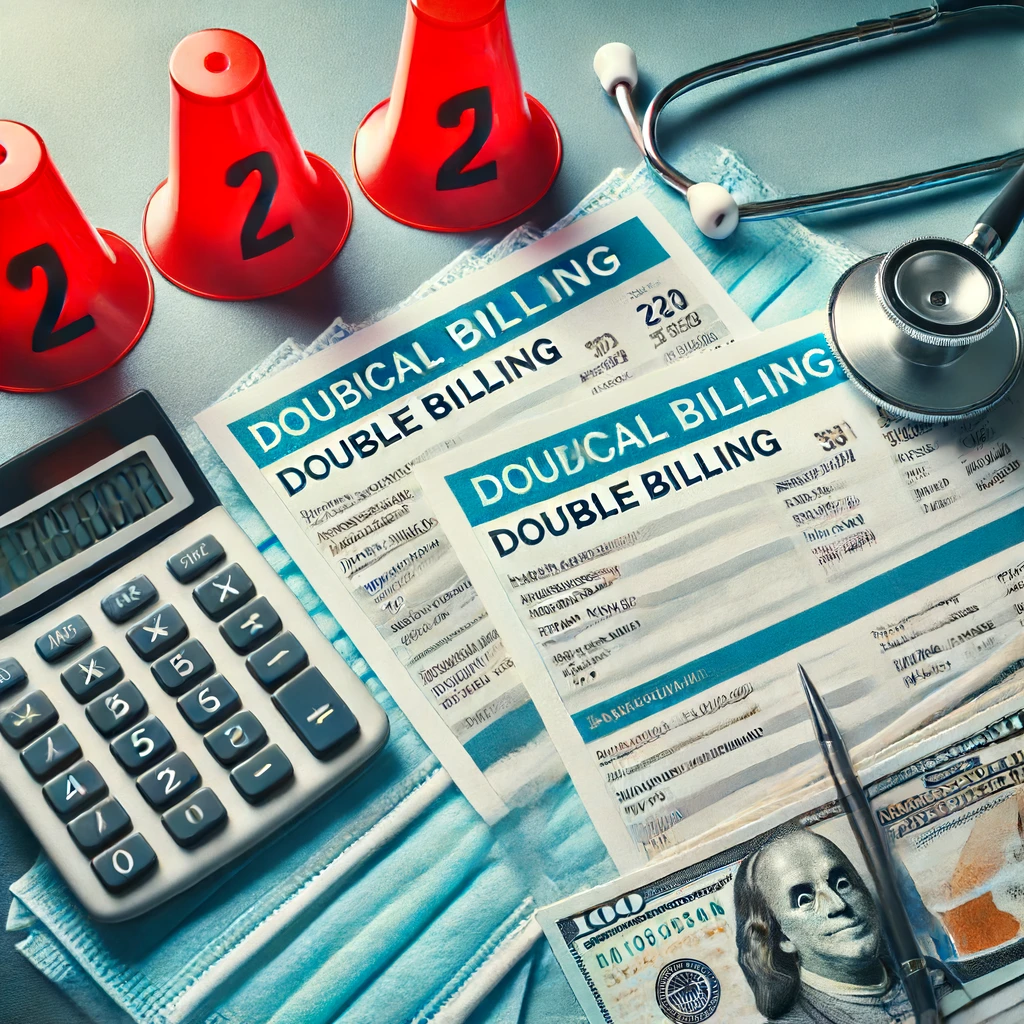Double Billing: Identifying and Stopping Duplicate Claims
Double billing is a deceptive practice where healthcare providers submit multiple claims for the same service. This form of fraud not only inflates healthcare costs but also creates unnecessary administrative burdens for insurance companies.
How Double Billing Happens
Double billing can occur intentionally or due to clerical errors. Providers might bill the insurer and the patient for the same service or submit the same claim multiple times. For example, a laboratory might bill separately for tests that were performed together as a package.
Examples of Double Billing
- Charging twice for the same medical procedure.
- Billing both the primary and secondary insurers for the same service.
- Submitting duplicate claims for a single consultation or treatment.
Preventing Double Billing
- Automated Detection Systems: Implement advanced software that can automatically detect and flag duplicate claims. These systems can cross-check claims against patient records and previous submissions.
- Regular Audits: Conduct regular audits of billing records to identify and address patterns of double billing. Audits should be both random and targeted to ensure thorough oversight.
- Clear Guidelines: Establish clear billing guidelines and ensure that all staff members are trained on proper billing practices. Provide specific instructions on how to avoid duplicate billing.
- Collaboration with Providers: Work closely with healthcare providers to educate them about the consequences of double billing and the importance of accurate claim submissions.
By taking these steps, insurance companies can effectively reduce the incidence of double billing, ensuring that healthcare costs are kept in check and resources are used efficiently.



